Diptera.info :: Identification queries :: Diptera (adults)
|
Muscidae - Phaonia errans (?)
|
|
| Morten A Mjelde |
Posted on 04-09-2019 22:17
|
|
Member Location: Posts: 6396 Joined: 29.11.15 |
South Norway, Telemark 01.09.2019 Came to light Size: 8,2 mm. Morten A Mjelde attached the following image: 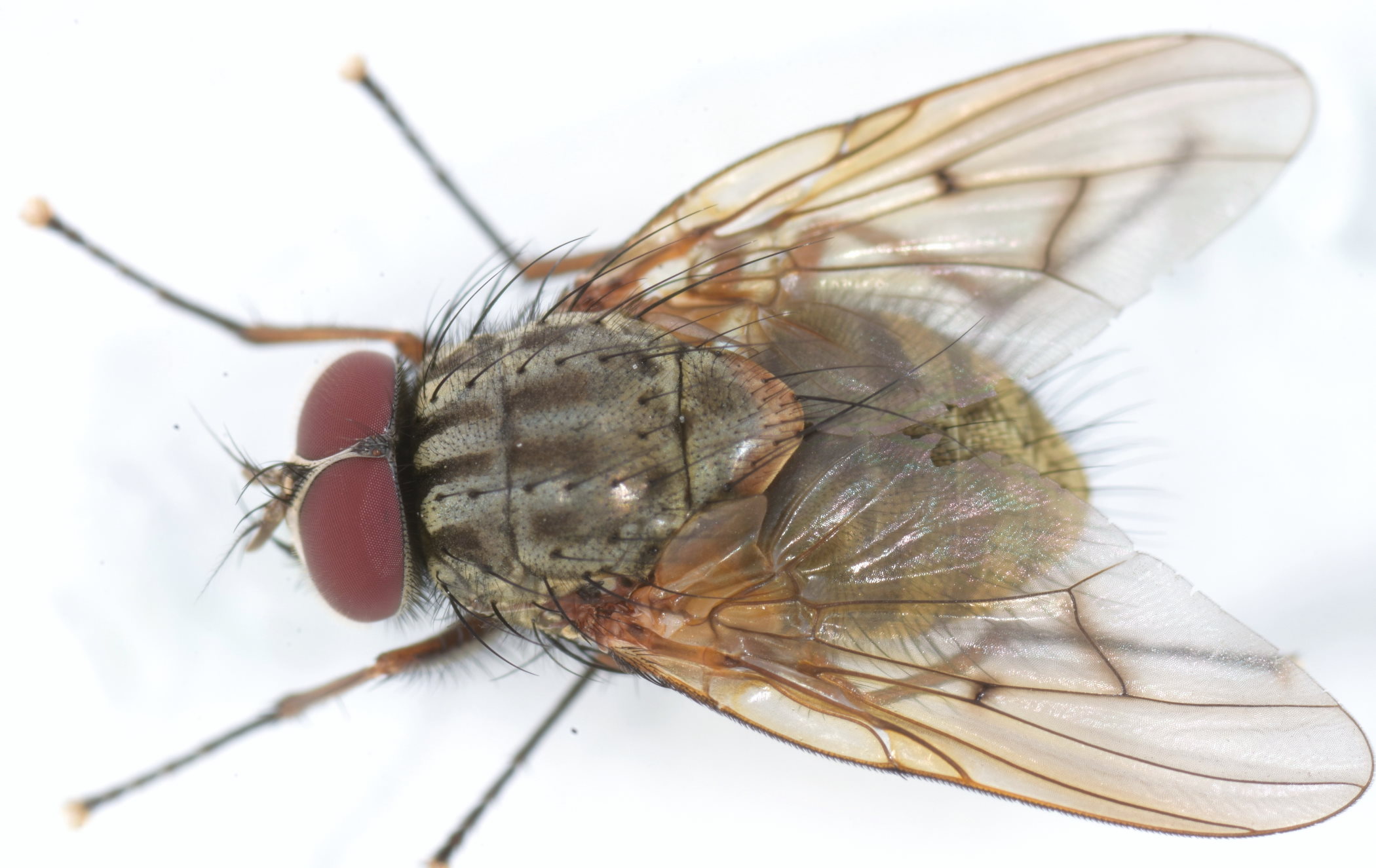 [292.69Kb] Edited by Morten A Mjelde on 07-09-2019 22:28 |
|
|
|
| Morten A Mjelde |
Posted on 04-09-2019 22:17
|
|
Member Location: Posts: 6396 Joined: 29.11.15 |
2
Morten A Mjelde attached the following image: 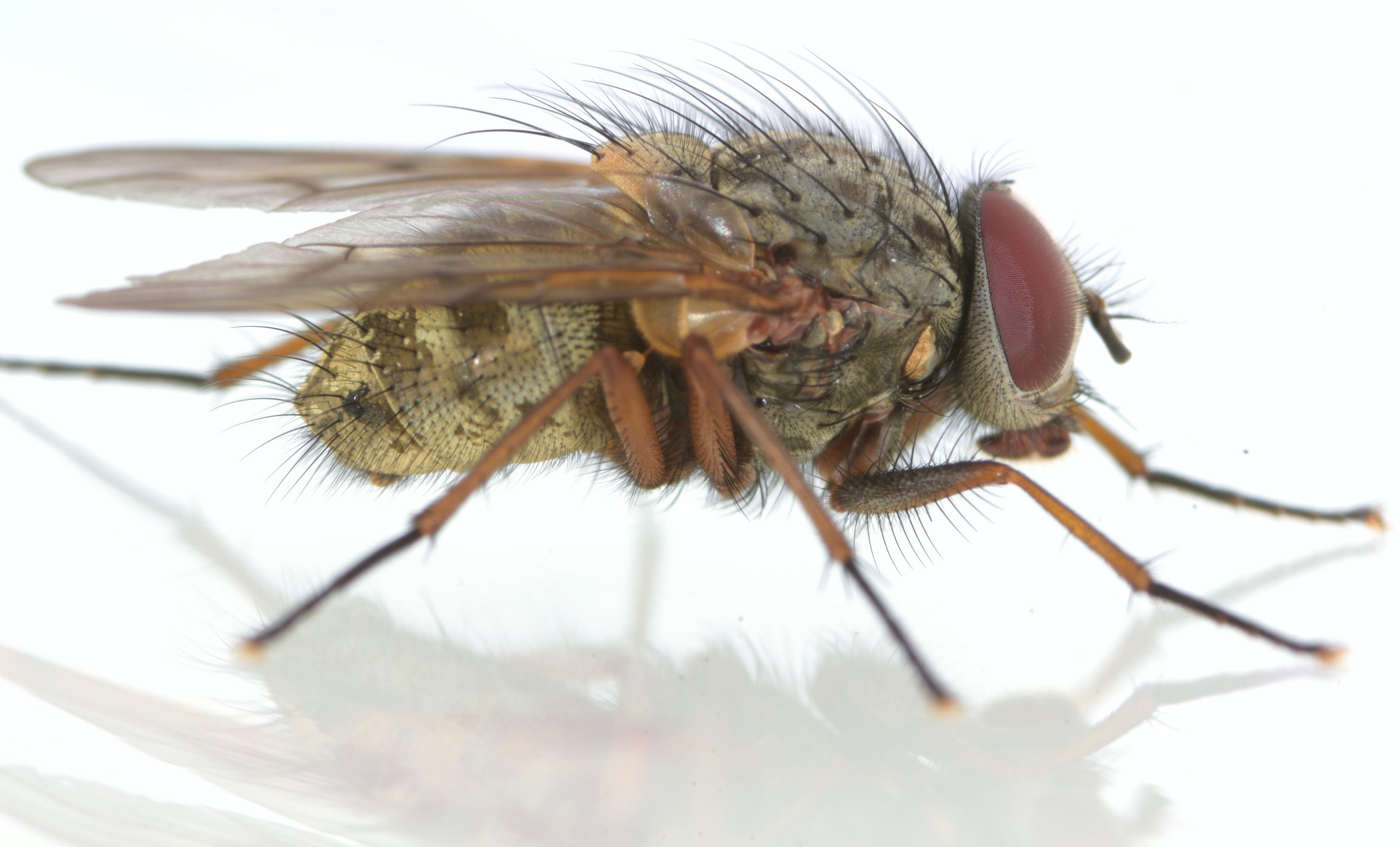 [285.11Kb] |
|
|
|
| Morten A Mjelde |
Posted on 04-09-2019 22:18
|
|
Member Location: Posts: 6396 Joined: 29.11.15 |
3
Morten A Mjelde attached the following image: 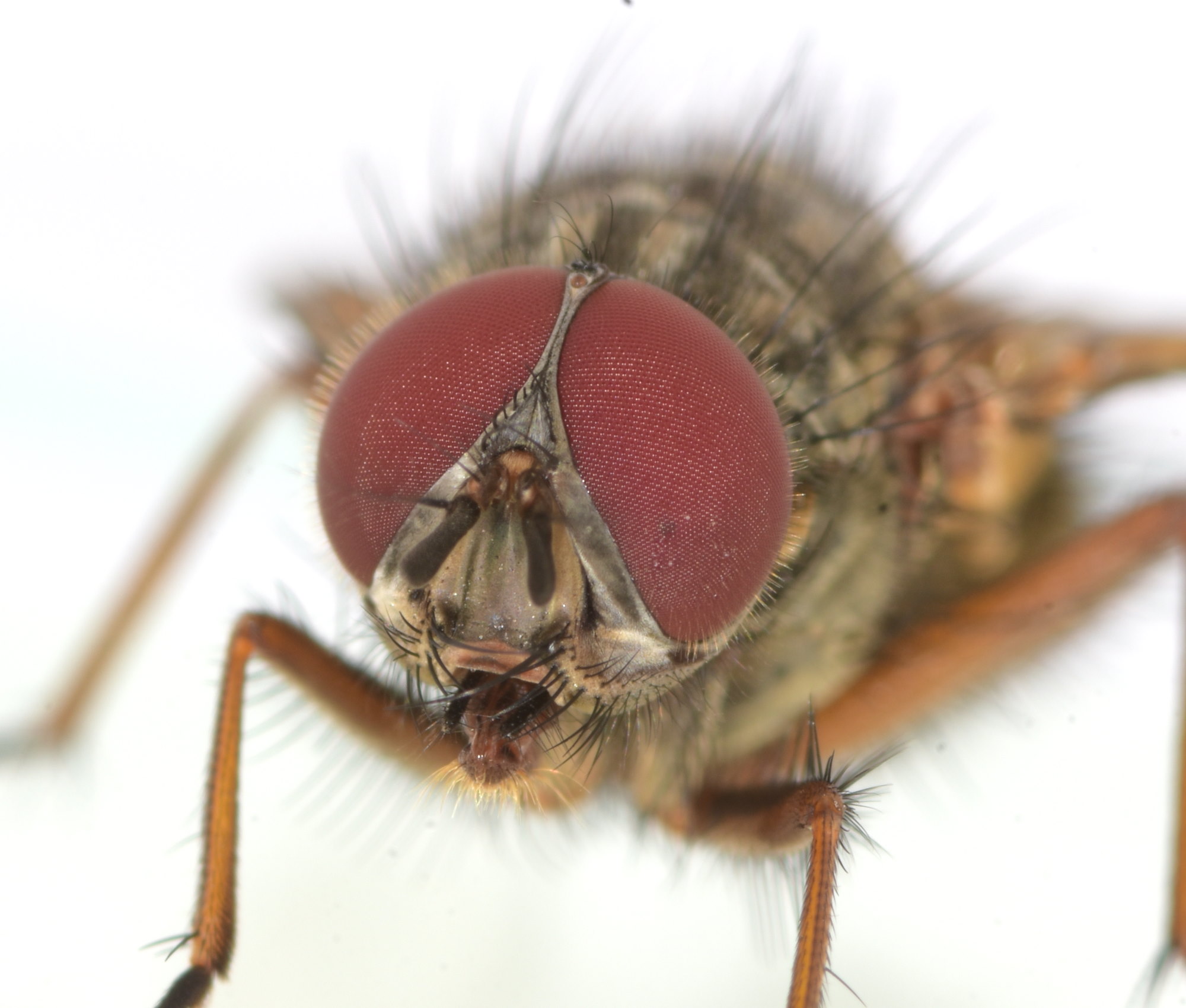 [293.26Kb] |
|
|
|
| Morten A Mjelde |
Posted on 04-09-2019 22:18
|
|
Member Location: Posts: 6396 Joined: 29.11.15 |
4
Morten A Mjelde attached the following image: 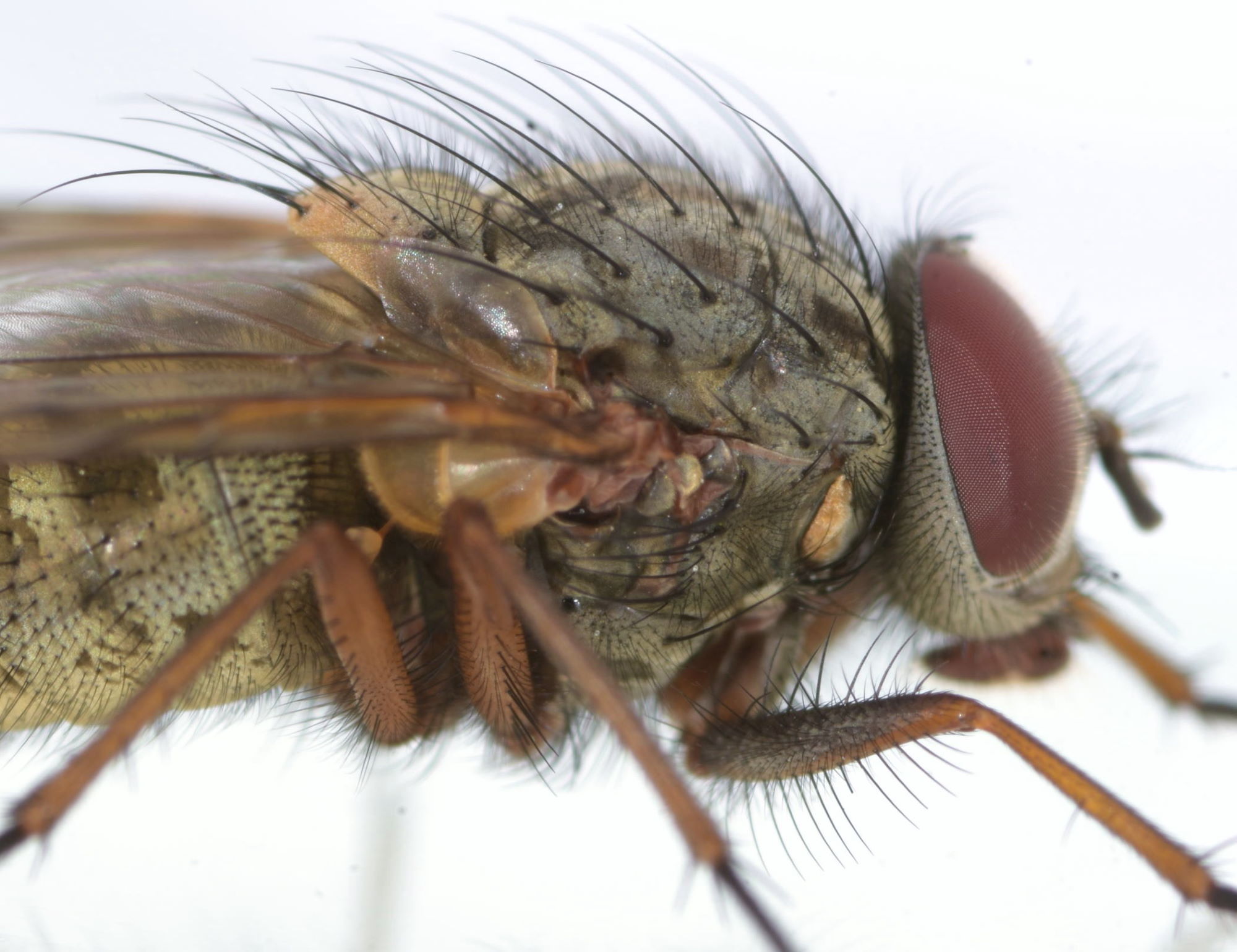 [298.52Kb] |
|
|
|
| Morten A Mjelde |
Posted on 04-09-2019 22:19
|
|
Member Location: Posts: 6396 Joined: 29.11.15 |
5
Morten A Mjelde attached the following image: 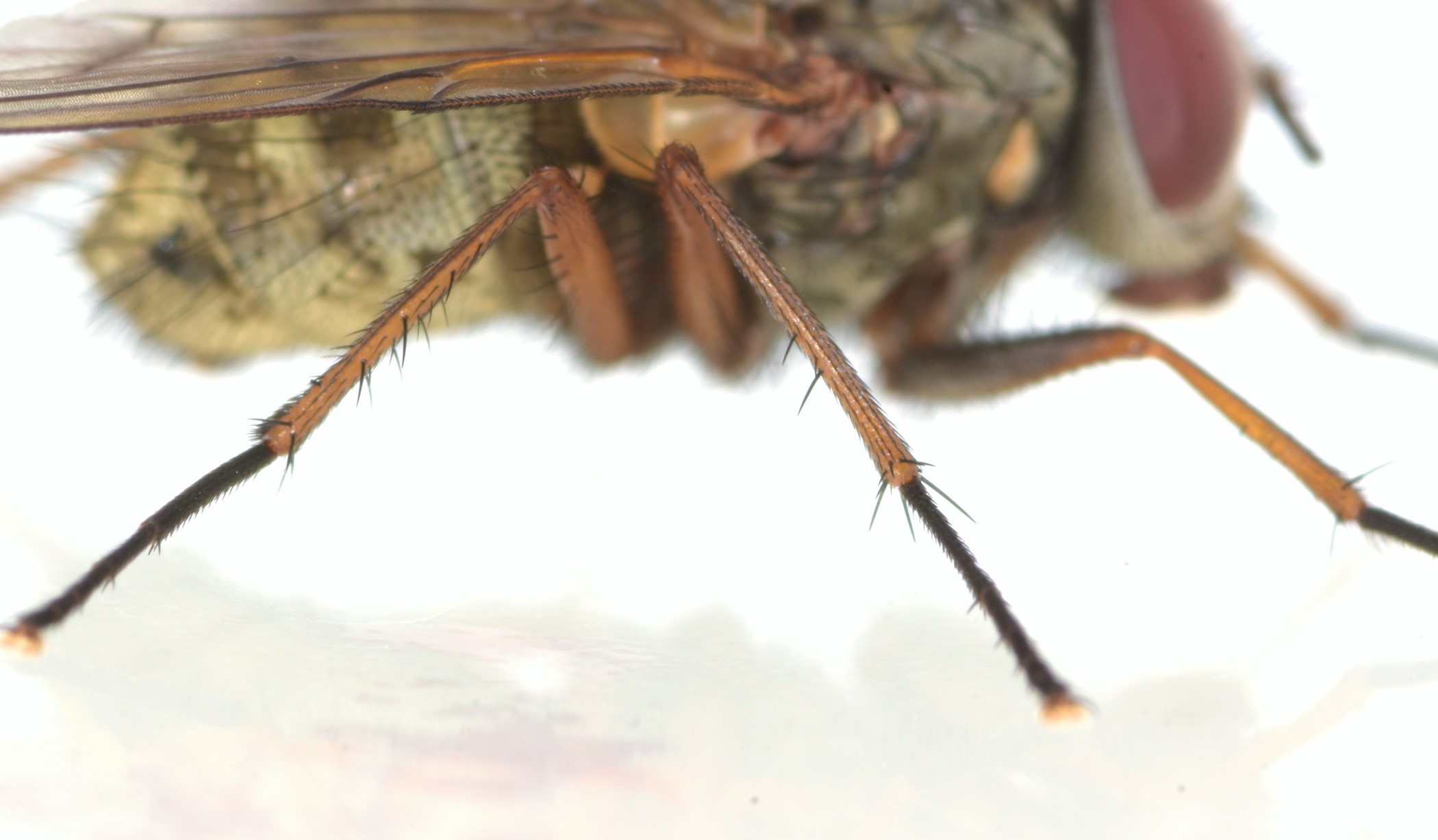 [250.82Kb] |
|
|
|
| Morten A Mjelde |
Posted on 07-09-2019 18:16
|
|
Member Location: Posts: 6396 Joined: 29.11.15 |
 ? ? |
|
|
|
| johnes81 |
Posted on 07-09-2019 19:10
|
|
Member Location: Berlin, Germany Posts: 1980 Joined: 15.10.16 |
Hello Rosevinge, looks like Phaonia to me, especially with hairy eyes. At first, i didn't see a phaonia bristle but it looks like a Phaonia. Now i see what appears to be a broken pd on the hind tibia (phaonia bristle). Thus, i remain at Phaonia. I suppose it is Phaonia tuguriorum because of the reddish scutellum and infuscated crossveins. I thought that they were an early spring species. I will try to key it later. I have a few things to do... Best wishes, John John and Nini. Naturalists not experts. |
|
|
|
| johnes81 |
Posted on 07-09-2019 20:02
|
|
Member Location: Berlin, Germany Posts: 1980 Joined: 15.10.16 |
well i've keyed it to Phaonia tuguriorum male i don't have a male specimen, so perhaps it is active later in the year. I only find females in February. Very interesting. Excellent photos! Best wishes, John John and Nini. Naturalists not experts. |
|
|
|
| Nikita Vikhrev |
Posted on 07-09-2019 20:10
|
|
Member Location: Moscow, Russia Posts: 9500 Joined: 24.05.05 |
I don't think so. What we have for sure? Scutellum yellow at apex; prst ac absent; notopleuron hairy; frontal vitta absent; narrow fronto-orbital plates touch. Katepimeron haired or bare, it is unknown, but author may check it. If katepimeron will turn to be hairy - P. errans If katepimeron bare - P. scutellata Nikita Vikhrev - Zool Museum of Moscow University |
|
|
|
| johnes81 |
Posted on 07-09-2019 20:25
|
|
Member Location: Berlin, Germany Posts: 1980 Joined: 15.10.16 |
Hello Nikita, I disagree with errans as a possibility because the fore femora are darkened and the pedicel of the antennae is yello orange besides the lack of pre ac. I used the keys from Muscidae (Diptera) of Central Europe: "pedicel as dark as flagellomere; palpus completely dark" - scutellata the pedicel is yellow orange, thus i exclude P. scutellata. I don't have a P. scutellata specimen. So the pedicel can be yellow orange? Best wishes, John John and Nini. Naturalists not experts. |
|
|
|
| Nikita Vikhrev |
Posted on 07-09-2019 20:53
|
|
Member Location: Moscow, Russia Posts: 9500 Joined: 24.05.05 |
Muscidae of Central Europe: P. errans (p. 117): prst ac absent; f1 usually darkened in male + jizz votes for P. errans. P, scutellata: pedicel black, yes. but tuguriorum has much wider frons. Thus, I'm almost sure that katepimeron will turned to be hairy. Nikita Vikhrev - Zool Museum of Moscow University |
|
|
|
| johnes81 |
Posted on 07-09-2019 21:15
|
|
Member Location: Berlin, Germany Posts: 1980 Joined: 15.10.16 |
yes, i missed the word absent. elongated presutural acr "absent". I suppose that i am assuming the kpm is bare. my mistake if it is haired. the post was unanswered, so atleast i tried to help. I guess Phaonia tuguriorum is not possible but i would like to see genitalia because the pedicel should not be this light for scutellata according to Hennig and the intermediate signata notes. I find this interesting. I'd like to study Phaonia tuguriorum/scutellata. Thank you for the id, Nikita.  Best wishes, John John and Nini. Naturalists not experts. |
|
|
|
| Morten A Mjelde |
Posted on 07-09-2019 22:26
|
|
Member Location: Posts: 6396 Joined: 29.11.15 |
Thank you John and thank you Nikita for an interesting exchange of views. Sorry - I'm kind of embarrassed because I no longer have the fly - so we'll probably never know… Rosevinge |
|
|
|
| Nikita Vikhrev |
Posted on 07-09-2019 22:38
|
|
Member Location: Moscow, Russia Posts: 9500 Joined: 24.05.05 |
It is a pity (I did not find smiley with crying entomologist, it would be very siutable)! (My next idea was to check hairs on radial node, because P. mediterranea also can not be excluded for South Norway...) Edited by Nikita Vikhrev on 07-09-2019 22:38 Nikita Vikhrev - Zool Museum of Moscow University |
|
|
|
| johnes81 |
Posted on 07-09-2019 22:45
|
|
Member Location: Berlin, Germany Posts: 1980 Joined: 15.10.16 |
Hello Rosenvinge, no need to worry about a specimen. You should follow the advice of Nikita. I keyed the species to errans, scutellata or tuguriorum. I think that of the three, only tuguriorum has such a yellow orange pedicel, thus i assumed that the kpm is bare. If it is haired, then it would be errans. However, i still wonder why the antennae are not completely dark. Also, I am troubled by the fact that dipterists are using only the size of a frons to constitute a species (scutellata) without any mention of genitalia or dna. I think that tuguriorum/scutellata should be viewed the sme as Helina evecta/annosa - possibly a single species variation. I'd like to collect tuguriorum and scitellata for genital dissection and dna sequencing. I did not realize how similar the two are described. Hennig mentions the width of the frons in relation to the anterior ocelli but this is not scientific in my opinion. I am going to hunt for these two species. I find this very interesting. I think that if scutellata can have very pale pedicel, then the keys to these two species are not correct. Furthermore, the width of the frons needs to be evaluated using genitalia and more than two specimens from Sweden (Hennig). Best wishes, John John and Nini. Naturalists not experts. |
|
|
|
| Jump to Forum: |












